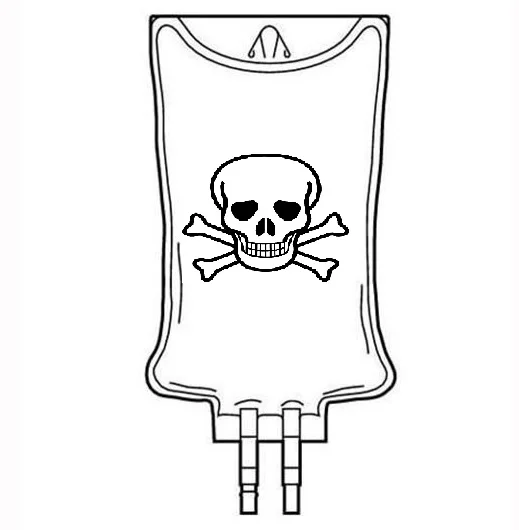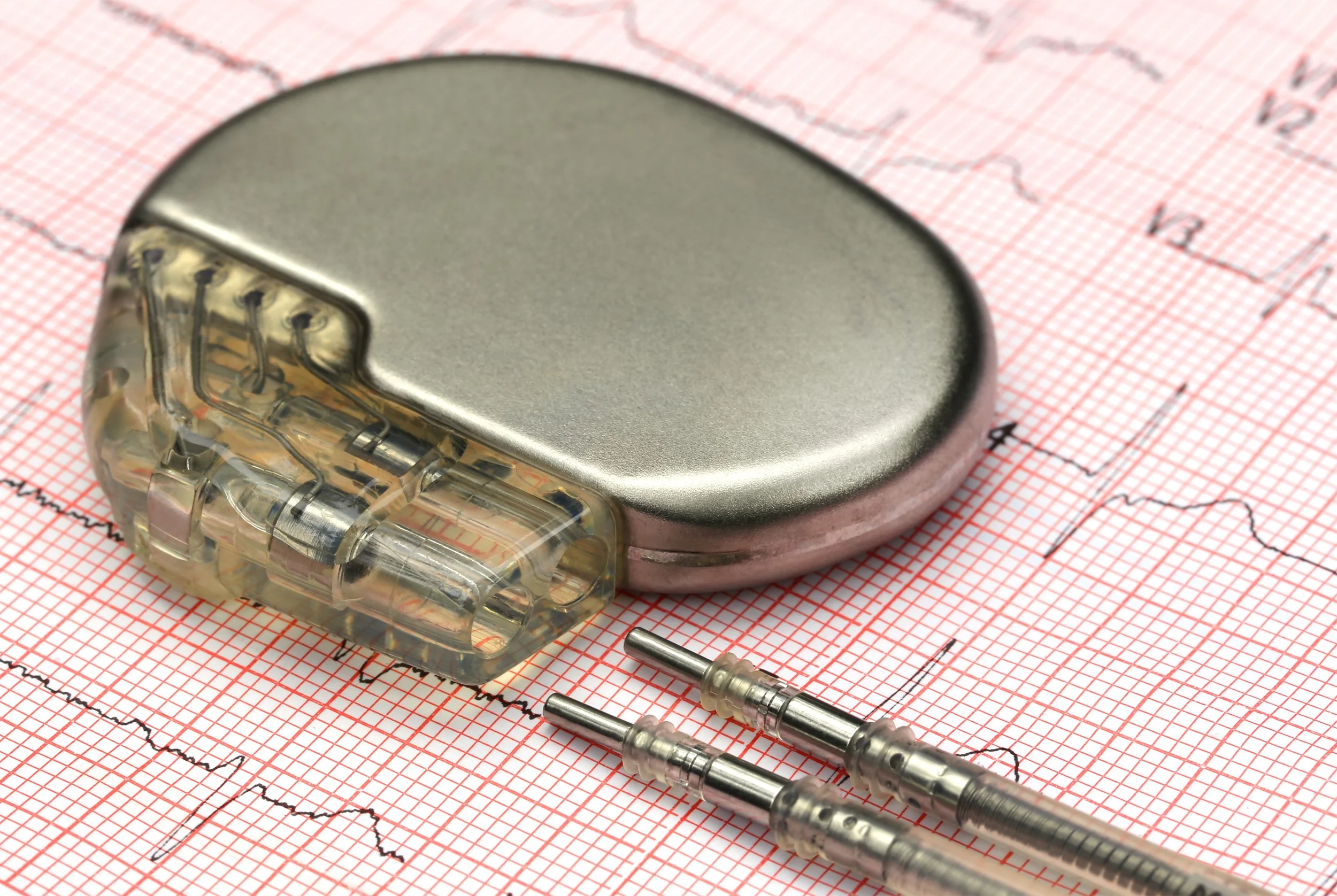Journal Club November 2017 - Large Vessel Strokes
/Ischemic stroke is one of the most frequently encountered neurologic emergencies. It can be a truly debilitating diagnosis, and yet classically, there has only been one treatment available for small and large vessel occlusions alike– tPA. Now, with the widespread availability of CT angiography and the advent and maturation of interventional techniques such as mechanical thrombectomy, the management of large vessel occlusion (LVO) strokes is rapidly evolving and is increasingly distinct from the management of other strokes. This is truly an exciting time in stroke care, so for this month’s journal club we focused on three questions relevant to the emergency provider: 1) What is the utility of prehospital clinical scales for rapidly identifying LVO strokes? 2) Should patients with suspected LVO be taken to the nearest stroke center or bypass smaller hospitals to reach a comprehensive stroke center? 3) How effective is mechanical thrombectomy vs. tPA alone?
Read More
















